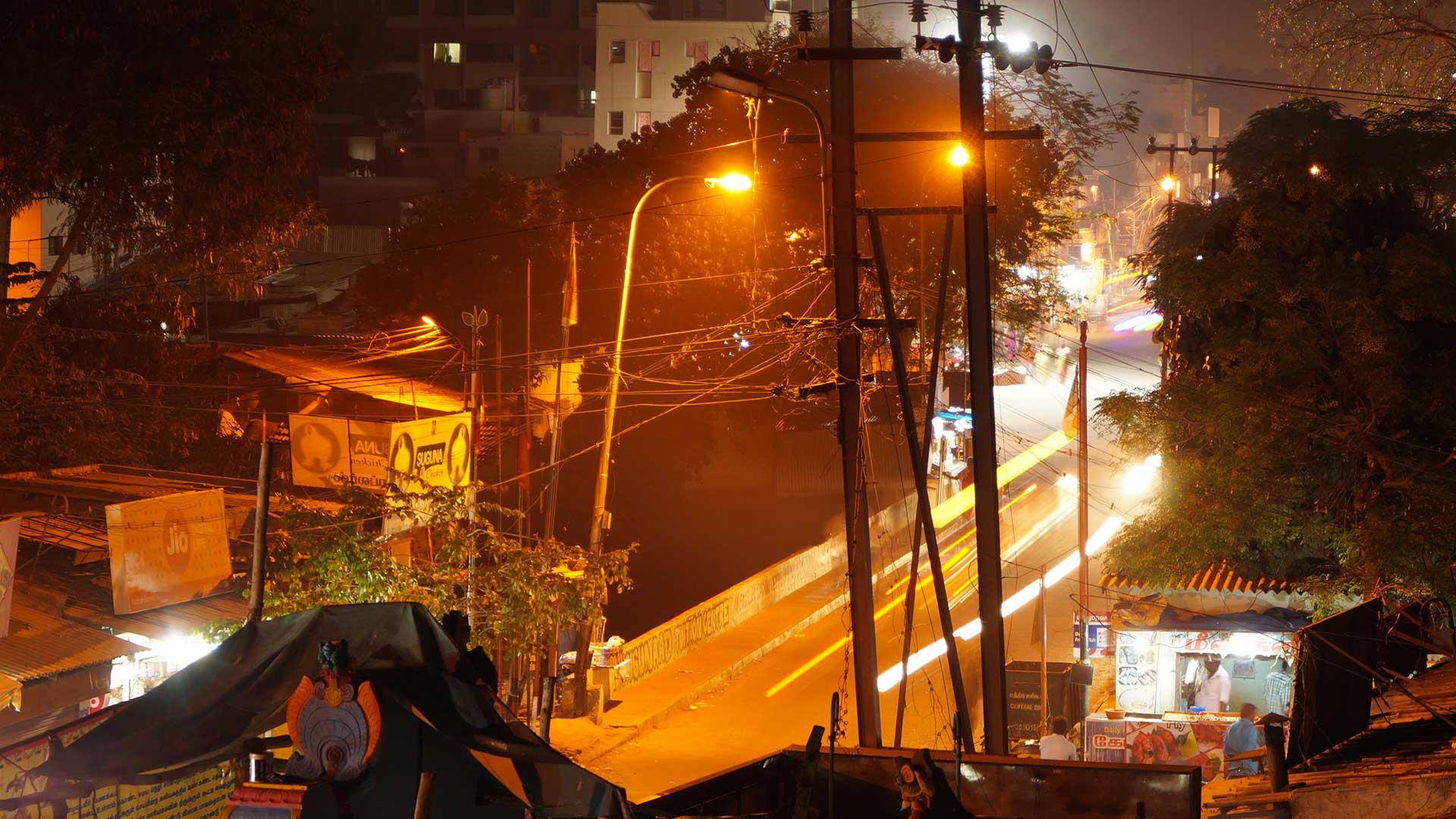A Case Study on India: The Challenge of Rural Distribution and Affordability
by Thomas Tenchio
Abstract
What first appears like a humorous quote concerning past times, implies in fact a bitter truth even nowadays. More than one hundred and thirty years after Thomas Edison’s patented invention a significant part of the world’s population does still neither have access to electricity nor any benefit from advantages offered by modern lighting. This shortcoming has significant implications on their ability to pursue productive activities in the dark hours of the day. Traditional means of lighting such as oil and gas lamps as well as candles are not only costly substitutes to electric lighting – in many cases they also comprehend negative externalities affecting health conditions and the immediate living environment of marginalized communities (Lighting Africa, 2010). This thesis intends to contribute to the discussion evolving out of the urgent need to fight energy scarcity and promote poverty alleviation through private sector initiatives with focus on the solar off-grid lighting market.
In accordance with the papers by Simon Moser and Bettina Naef covering the cases in Tanzania and Zambia respectively, this dissertation intends to provide practical insights on marketing solar lighting solutions in India. It will therefore encompass the most significant market features and challenges that affect ventures in serving low-income consumers effectively. The analysis more specifically concentrates on a recent product called OOLUX: A solar lighting solution that has been engineered to penetrate underdeveloped lighting markets around the globe. Eventually, the aim of this research is to identify and evaluate feasible business approaches that facilitate the introduction of new and innovative products such as OOLUX in the Indian market. Accordingly, scrutinizing and illustrating selected market challenges as well as sales opportunities will comprehend a considerable component of this paper.
Finally, a comprehensive evaluation of the existing approaches will exemplify best practices for businesses and independent institutions that are eager to engage in improving the livelihood of marginalized communities. Living space and production venues of people with low incomes should not any further resemble Thomas Edison’s scarcely lit workroom a long time ago.

